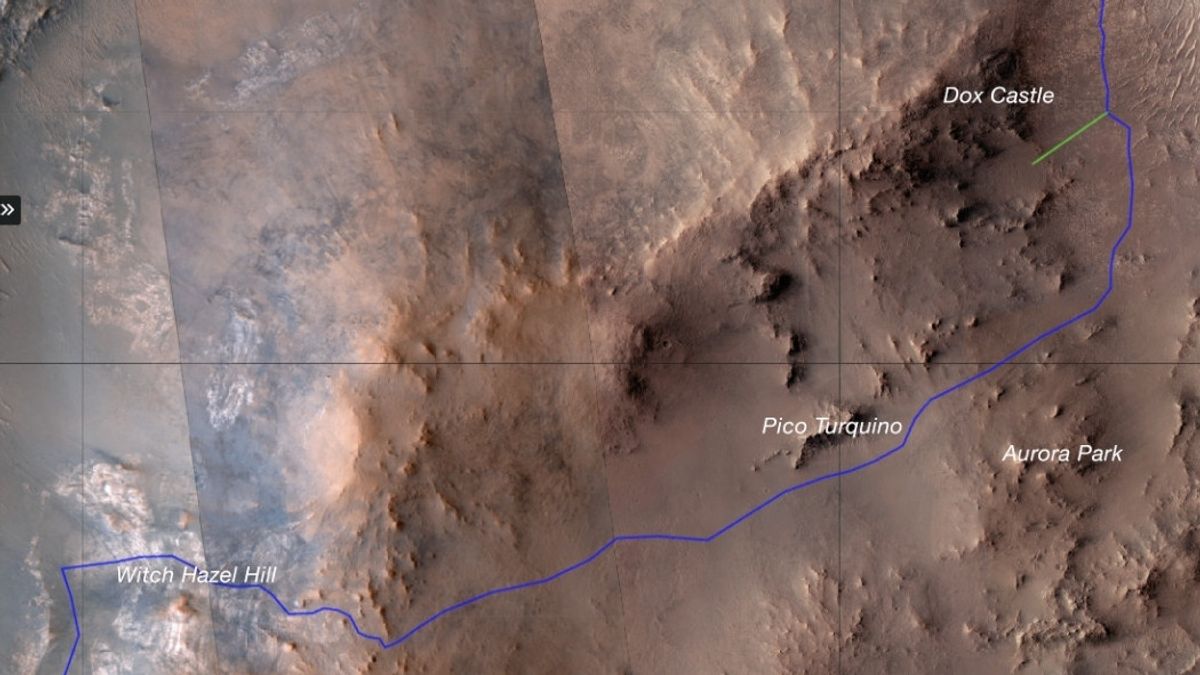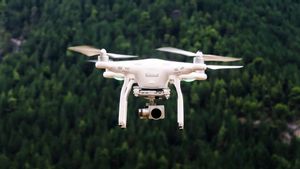JAKARTA After exploring the bottoms of the Jezero Crater on Mars for more than two years, NASA's Perseverance rover will make a climb. The robot will climb to higher areas in Jezero Crater. NASA says that Perseverance will rise to the western edge of the Jezero Crater for a month. As part of the fifth mission, the rover will start climbing on August 19 to search for and observe more interesting samples on Mars. While exploring the western edge of the Jezero Crater, the Perseverance robot may find the steepest and most challenging terrain while on Mars. Despite the difficulty, Perseverance Project Manager Art Thompson believes that its rover is capable of carrying out the mission. "Perseverance has completed four science campaigns, assembled 22 rock cores, and traveled more than 18 miles that have not been paved," Thompson said. "Our rover is in excellent condition, and the team is eager to see what is on the roof of this place. During climbing, Perseverance will rely on automated navigation capabilities. This rover robot will face slopes up to 23 degrees. Perseverance will arrive at the crater edge named Aurora Park at an altitude of 300 meters.
SEE ALSO:
There are two priority areas that Perseverance will visit, namely Pico Turquino and Witchgue Hill. The Perseverance team really wants the robot to explore Pico Turquino because the image of the orbiting vehicle on Mars shows the presence of ancient cracks due to hydrothermal activity. Meanwhile, the view of the orbital vehicle shows that Witchguel Hill is filled with layered materials that are believed to come from a time when Mars has a different climate. This region is believed to have a Bright Angel-like base rock in the Cheyava Falls region. Among these rock cores may have the oldest material sampled from a known environment that is potentially habitable, said Tanja Bosak, a member of the Perseverance science team. Although not much knowledge can be obtained through Perseverance observations, these rocks can show many things when samples are brought back to Earth like, "when, and how long Mars contain liquid water."
The English, Chinese, Japanese, Arabic, and French versions are automatically generated by the AI. So there may still be inaccuracies in translating, please always see Indonesian as our main language. (system supported by DigitalSiber.id)



















